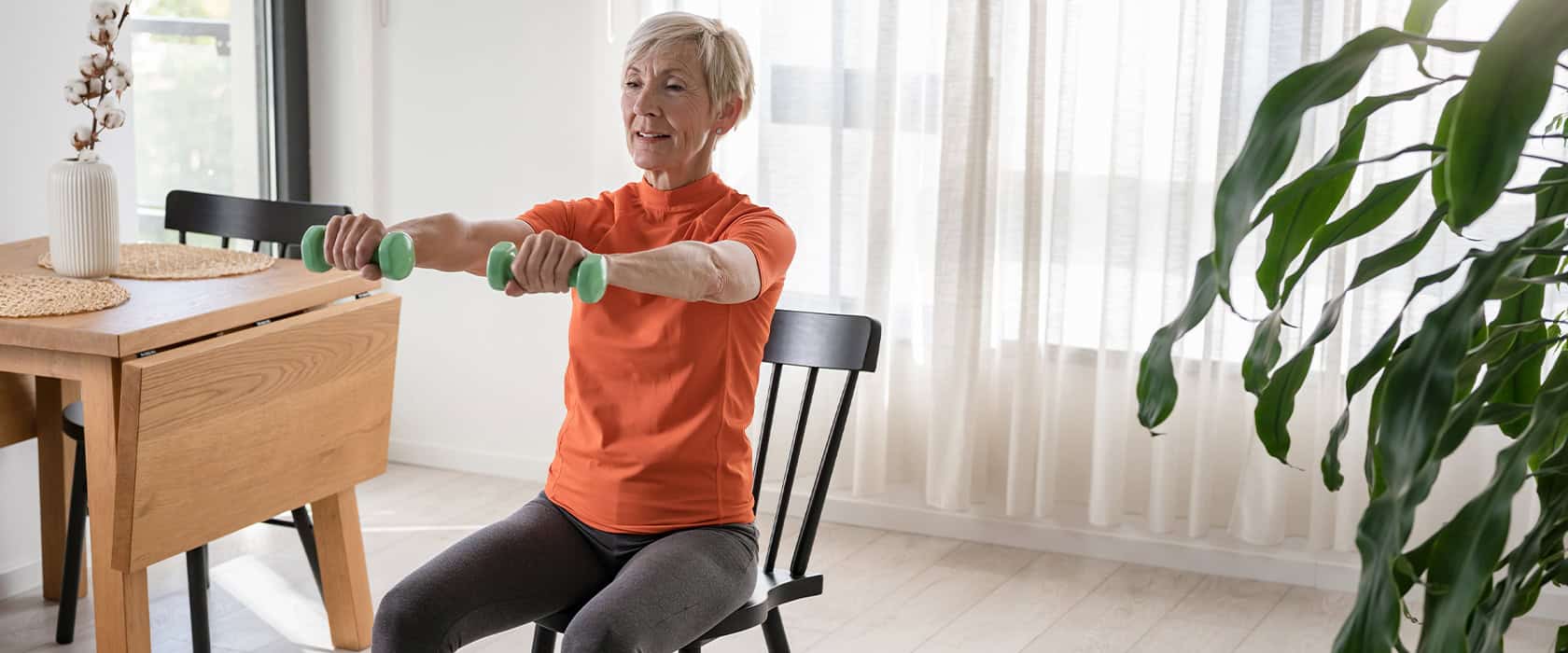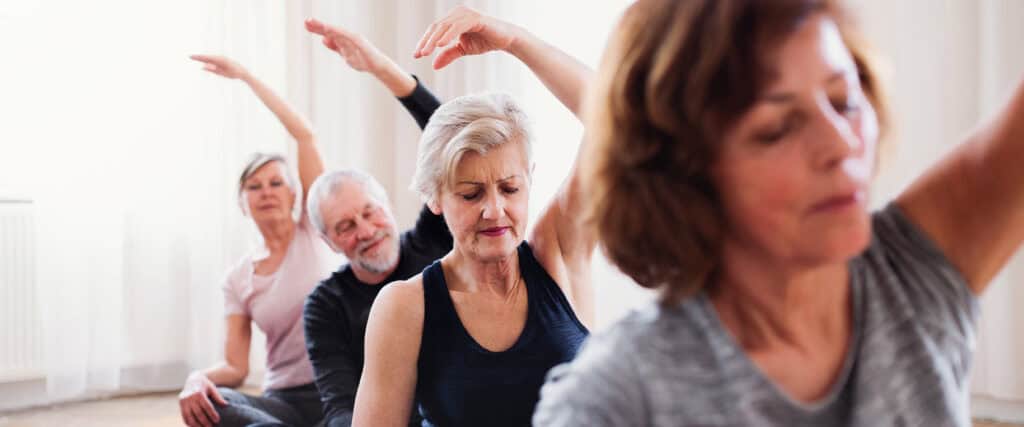
Maintaining Movement and Mobility: Tips for Senior Exercise
The ability to stay active and mobile becomes more precious as we grow older. Staying active through regular exercise supports our general health by improving strength, flexibility, balance, and overall well-being. Whether aging at home or in a senior living community, there are many safe and accessible ways to incorporate exercise into your daily routine to maintain your movement and mobility.
The Benefits of Senior Exercise
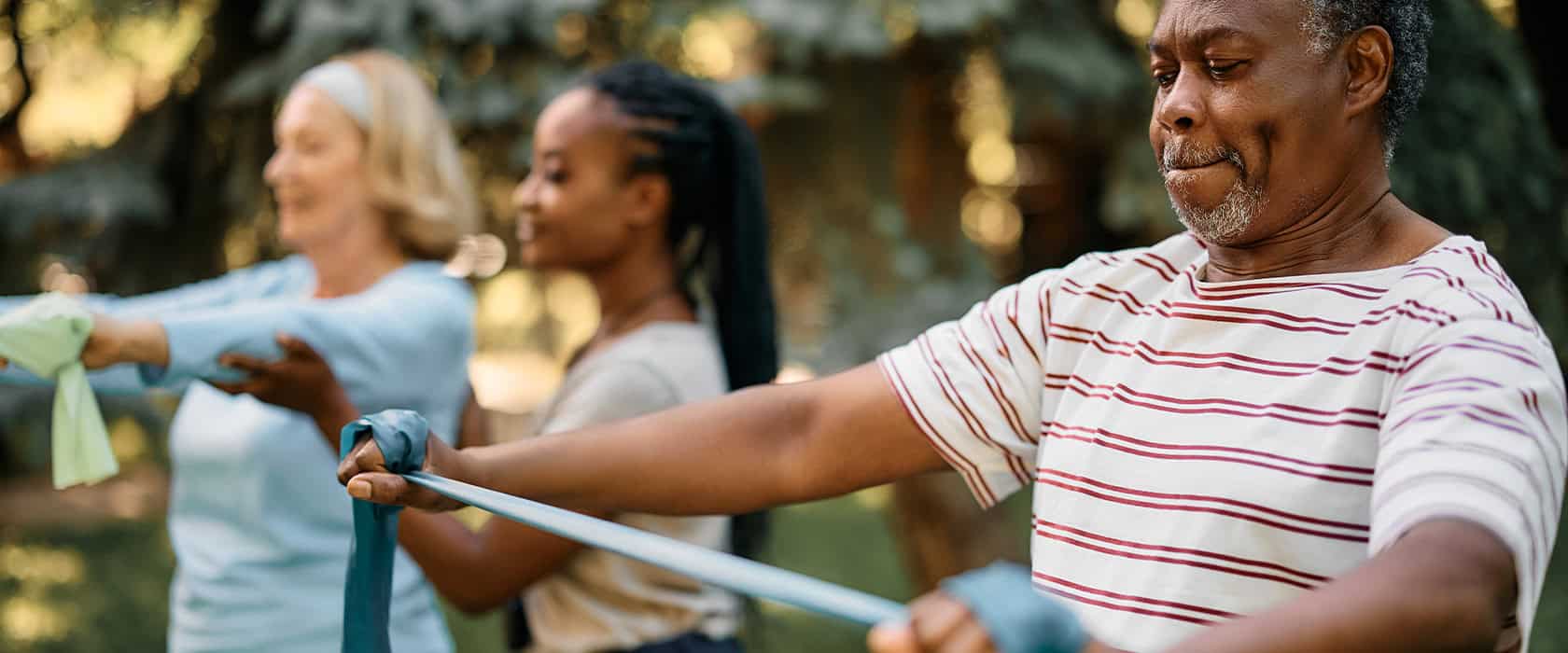
Regular physical activity provides a variety of benefits for older adults. It can help reduce the risk of falls and fall-related injuries, prevent bone loss, and help relieve inflammation. Consistent exercise also promotes independence by making daily tasks and mobility easier. Additionally, it boosts cardiovascular health, regulates blood sugar, relieves anxiety and depression, and may even delay cognitive decline.
For those with chronic conditions like arthritis, heart disease, or osteoporosis, certain types of exercise can be very therapeutic as well. Make sure to always check with your doctor before starting an exercise program to ensure your chosen activities are safe for your individual needs and abilities.
Seated Exercises for Seniors
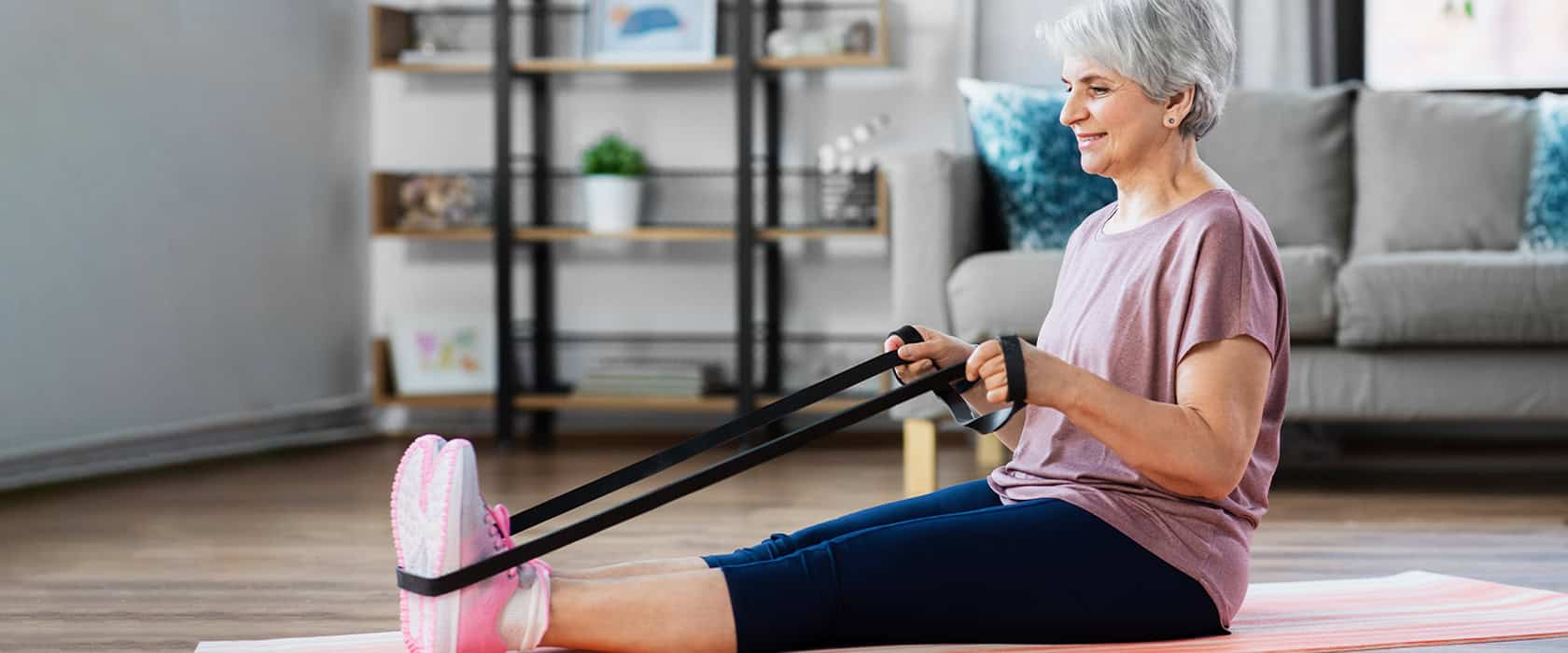
For seniors with limited mobility or balance issues, seated exercises are an excellent option to stay active from the comfort of a chair. These low-impact workouts help build strength through upper and lower body movements using resistance bands, weights, or simply your own body weight.
Get started with these great seated exercises for seniors:
- Arm raises: Extend your arms straight out in front of you, palms facing down. Raise your arms to shoulder level, and then slowly lower them back down.
- Hip marches: March your legs up and down, lifting one leg at a time.
- Knee extensions: Extend one leg out in front of you, lifting it as high as possible. Lower it back down and repeat on the other side.
- Seated trunk twists: Twist your upper body to one side, holding for a few seconds before twisting to the other side.
- Leg kicks: Kick one leg out in front of you, lifting it as high as possible. Lower it back down and repeat on the other side.
Chair Exercises for Seniors
Similarly, chair exercises allow seniors to perform aerobic and strength training movements while using a chair for stability and balance assistance. These workouts get your heart rate up while building endurance and are a great way to increase your activity after finding success with seated exercises.
Try chair exercises like:
- Seated jumping jacks: Jump your legs out to the side and back in again, just like a regular jumping jack.
- Chair dips: Sit on the edge of your chair with your hands next to your hips, fingers pointing forward. Slowly lower your body down towards the floor and then push back up again.
- Chair squats: Stand in front of your chair with your feet shoulder-width apart. Slowly lower your body down towards the chair as if you’re going to sit down, then stand back up again.
- Seated punches: Punch your arms out in front of you, alternating arms.
- Leg raises: Lift one leg up off the ground, holding it up for a few seconds before lowering it back down. Repeat on the other side.
Balance Exercises for Seniors
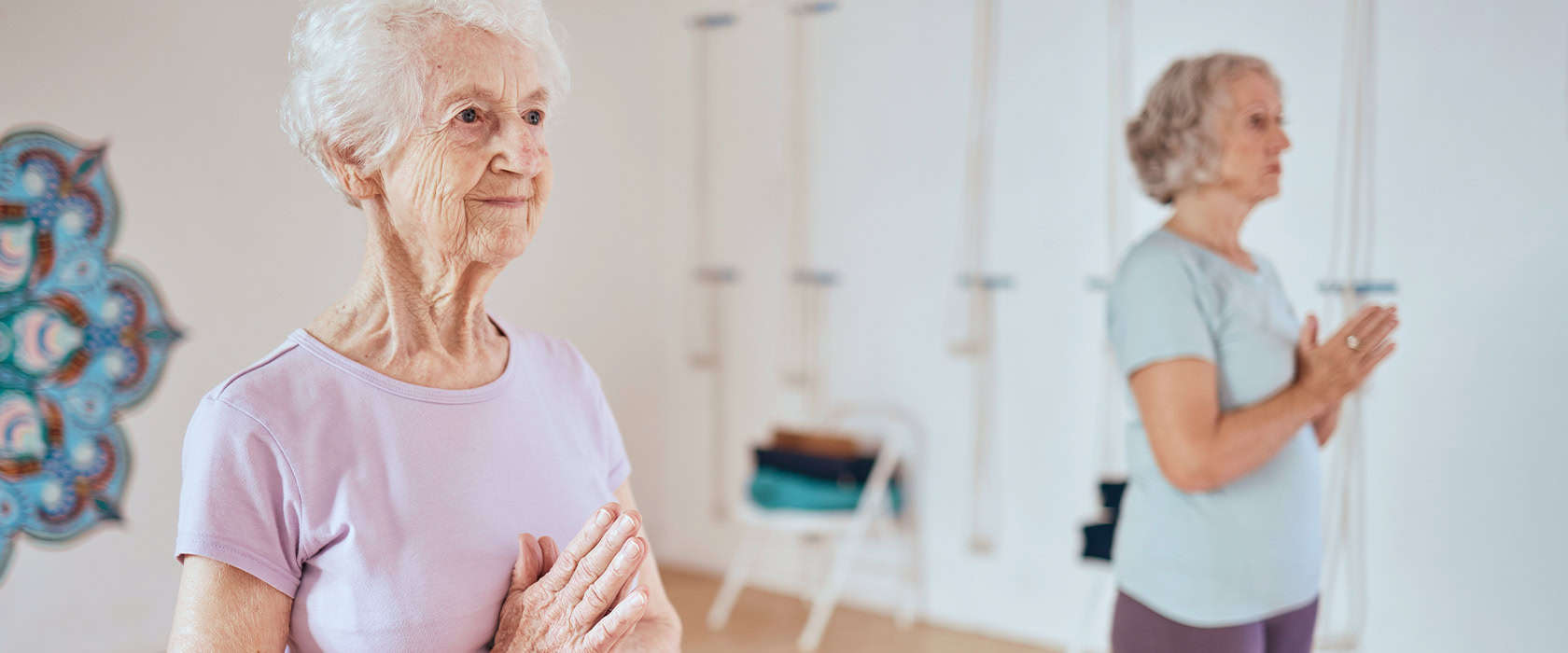
One of the key components of mobility for seniors is balance. Practicing specific balance exercises has been shown to improve stability and significantly reduce the risk of falls.
Always perform balance work near a wall or counter for safety. Building “balance confidence” is important for seniors to stay steady on their feet.
Examples of effective balance exercises include:
- Heel raises: Slowly raise onto your tiptoes and then lower back down.
- Single leg stands: Lift one leg off the ground and hold for a few seconds before lowering it back down. Repeat on the other side.
- Walking heel-to-toe: Take slow, intentional steps in a straight line, as if you were walking on a tightrope.
- Side leg raises: Lift one leg out to the side and then lower it back down. Repeat on the other side.
- Tai chi movements: Tai chi is a gentle form of exercise involving slow, flowing movements. It’s a great way to improve balance, flexibility, and general well-being.
Creating an Exercise Routine
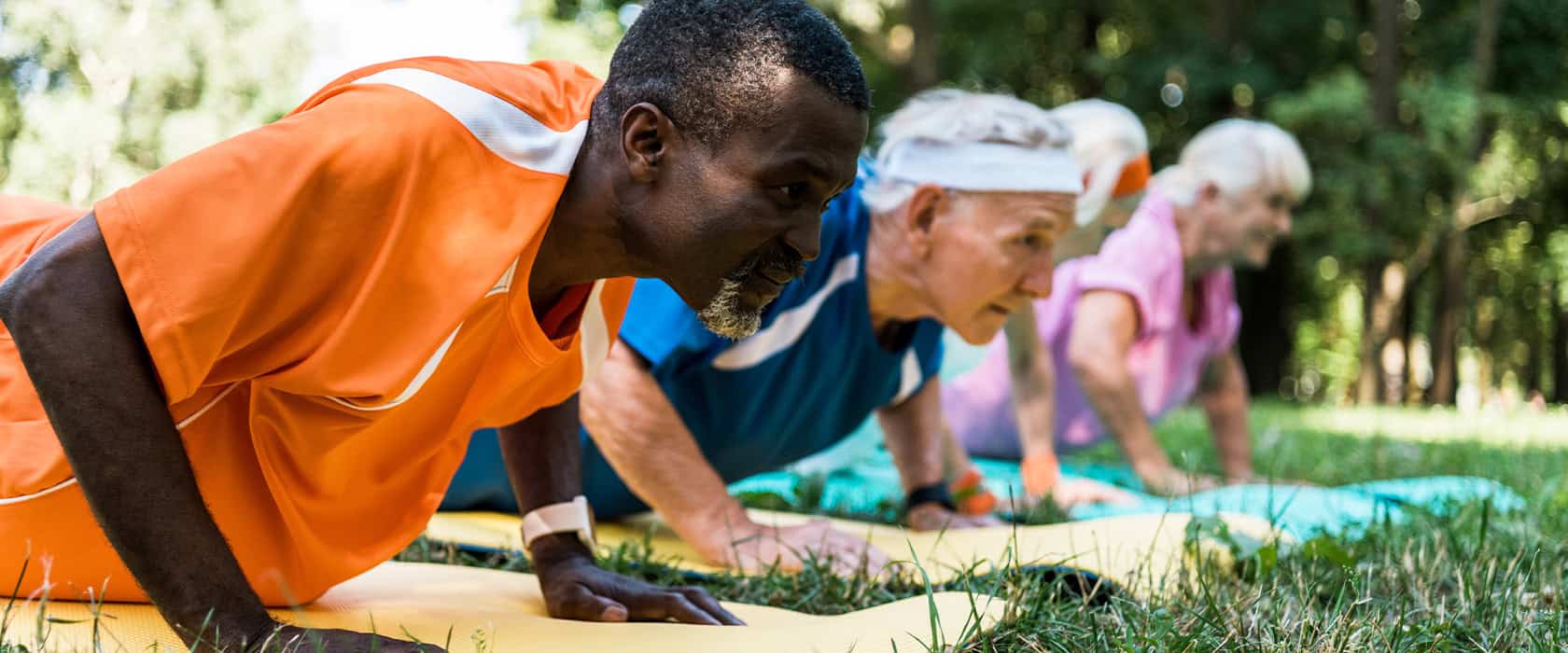
The best approach is to combine different types of exercise into a balanced routine incorporating strength training, aerobic activity, flexibility work, and balance exercise to provide full-body benefits. Aim for at least 30 minutes of exercise daily, which can be broken up into 10–15-minute segments spread throughout the day.
Most importantly, choose activities you enjoy so exercise feels less like a chore and more like a fun, productive use of your time. The best exercise routine is the one you can stick to. Consider joining a low-impact exercise class designed for seniors so you can socialize while staying active. Bringing along a friend can also make workouts more fun and help further your fitness goals.
Don’t let the fear of injury hold you back from staying active. Combined with healthy eating habits, regular exercise can greatly improve your mobility and overall well-being as you grow older. No matter your age or fitness level, some appropriate activities and precautions allow seniors to experience the life-changing rewards of incorporating physical movement into their routine. Embrace an active lifestyle and unlock a world of benefits for both your mind and body.
You Might Also Like
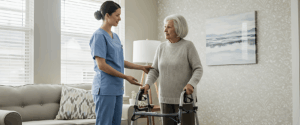
Fall Prevention for Seniors: Your Complete Guide to Safety and Independence

